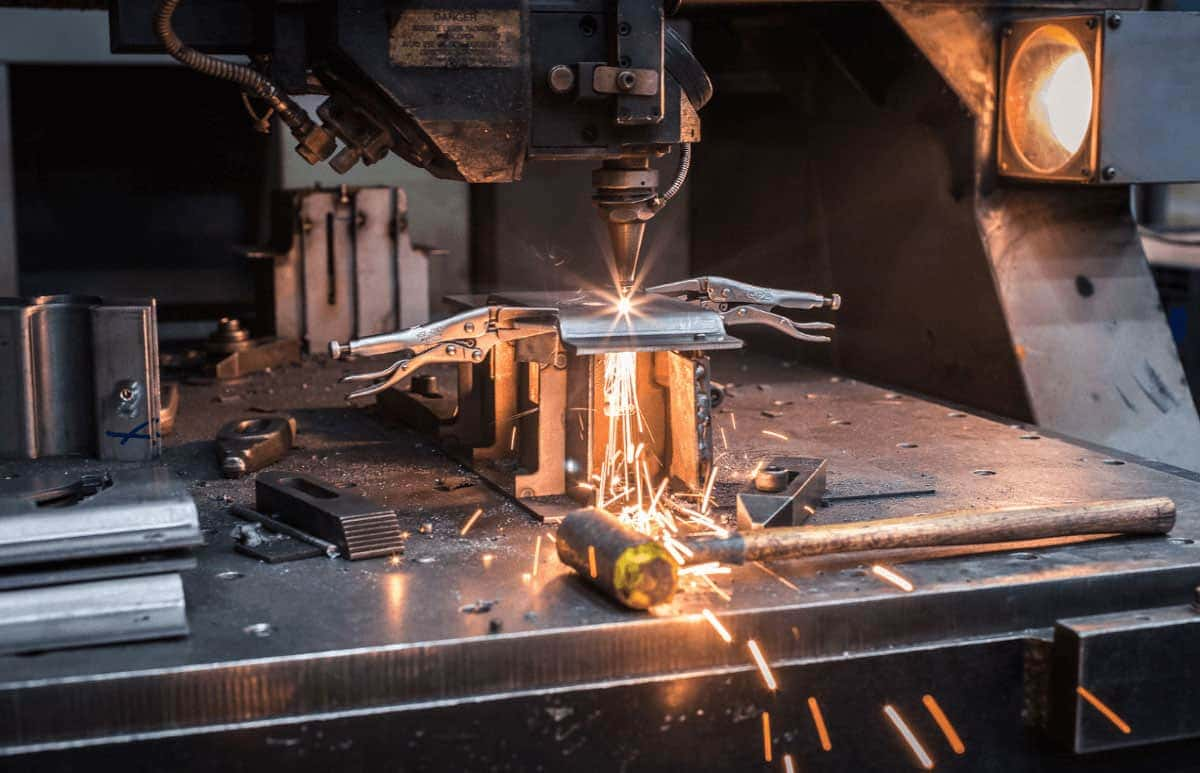The Best Guide to rapid prototyping technology: Technologies, Benefits
Rapid prototyping technology plays an increasingly important role in the manufacturing industry, bringing a new revolution to mold manufacturing. This article will deeply explore the characteristics, production process, advantages and other aspects of rapid prototyping technology to help users fully understand this technology.
1.Overview of Rapid Prototyping Technology
Rapid prototyping (RT) is a mold made using rapid prototyping technology, which is mainly used in mass production scenarios. Although the production cost of the mold is relatively high, in the case of mass production, the cost of each product can be greatly reduced.
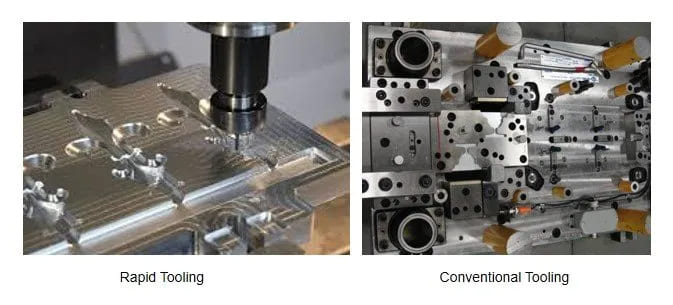
2、Characteristics of Rapid Prototyping Technology
(1)Improve material utilization
In modern industrial production, reducing costs is crucial. Rapid prototyping technology reduces structural waste by shortening the step distance, and uses the remaining process waste to stamp more workpieces, saving materials and reducing costs.
Rapid prototyping technology can adopt waste pattern arrangement, less waste pattern arrangement and no waste pattern arrangement. Different pattern arrangement methods have their own characteristics in terms of dimensional accuracy, mold life, waste generation, etc.
(2)Improve operability
Rapid prototyping technology can reduce work intensity and reduce the possibility of finished product damage. During the design process, special attention should be paid to the material strip width and step distance to prevent mutual influence on precision during stamping. Unlike the traditional “disassembly method” processing, rapid manufacturing can effectively prevent mold wear, thereby extending the service life of the mold.
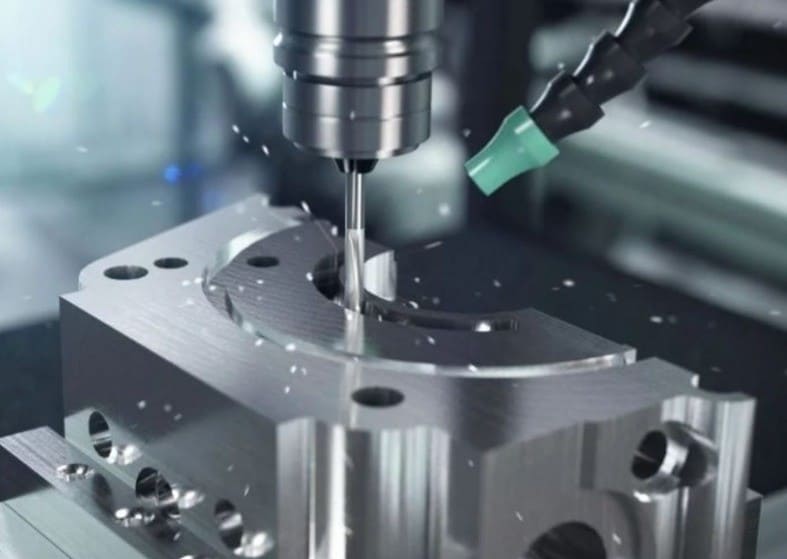
3.Working principle of rapid prototyping technology
(3)Direct method
Direct rapid prototyping method can make cavity mold inserts and cores, and can achieve some special geometric shapes, such as “consistent cooling” technology can shorten the cooling time.
Advantages include fast production speed, simple steps, low resource consumption, flexible methods, etc. But there are also disadvantages such as durability, fragility, and easy errors.
(4)Indirect method
Making the master mold by additive manufacturing, and then using the master mold to make the mold, often using soft mold technology,
Advantages are durable and flexible, suitable for experiments and tests, and the disadvantage is that it takes a long time and is not suitable for simple designs.
4、Advantages of Rapid Tooling
(1)Reduce product development costs
The materials for making rapid molds are cheaper and more flexible, and 3D printing tools are cost-effective, which can save production costs.
(2)Fast time to market
Speed up the production of prototypes and products, reduce the time for prototyping in the production stage, and speed up time to market.
(3)Custom molds
Molds of any size can be made according to needs, and material testing and quality control can be carried out, which is very useful when the product materials are uncertain.
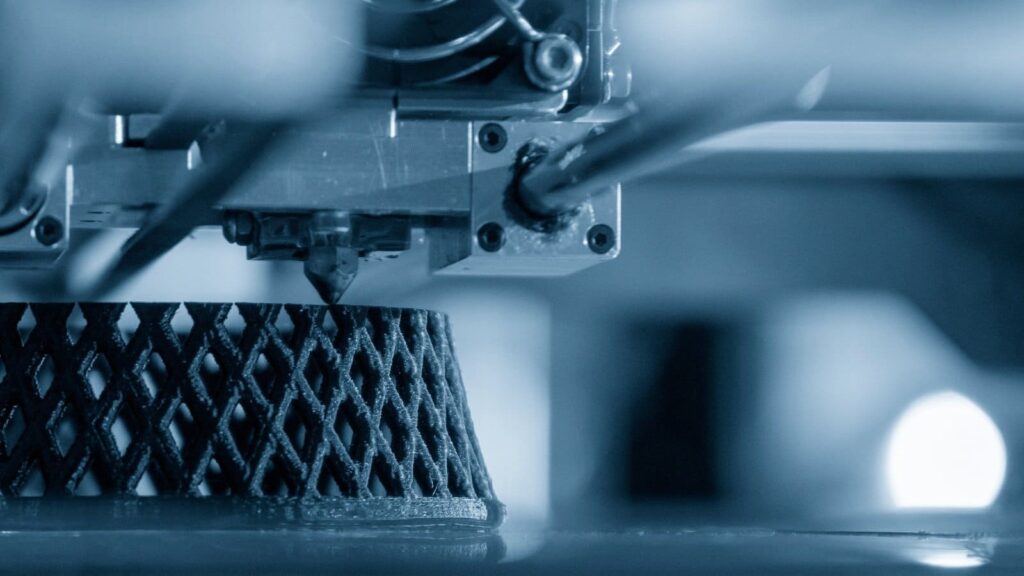
(4)Conduct comprehensive testing
Multiple prototypes or molds can be made in a short time, and design and functional testing can be carried out to improve the functionality and market value of the design.
(5)Increase ROI
Speed up product development time, ensure investment recovery in a short time, reduce production and prototyping costs, and reduce the time required to obtain a return on investment.
5、Limitations of Rapid Tooling
(1)Higher injection and labor costs
Rapid prototyping tool prototyping is a repetitive process that requires more injection costs, especially when prototyping multiple times, which leads to higher labor costs and increased production costs.
(2)Shorter mold life cycle
Rapid molds do not have a long service life because the injection molding process puts pressure on the mold and the quality of the mold manufacturing materials is not high, so the mold needs to be remade from time to time.
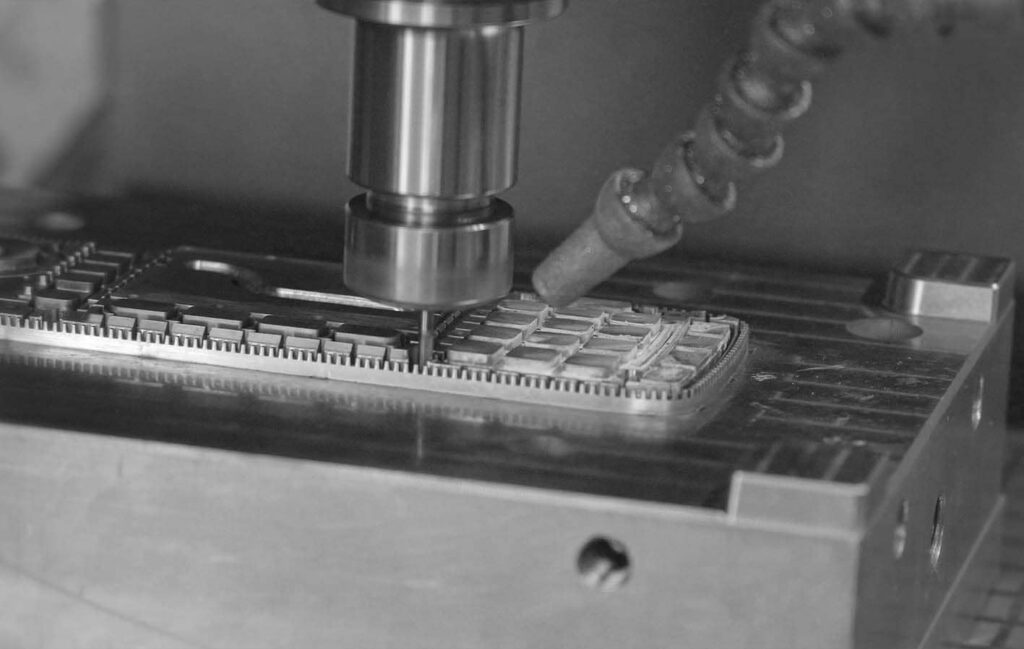
Conclusion
Rapid prototyping technology occupies an important position in the field of mold manufacturing. Although there are some limitations, through continuous innovation and improvement of technology, the use of new materials and processes, it is expected to achieve higher precision, longer life and higher efficiency rapid mold manufacturing in the future, bringing greater value to industrial production.
